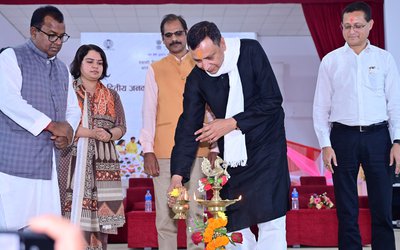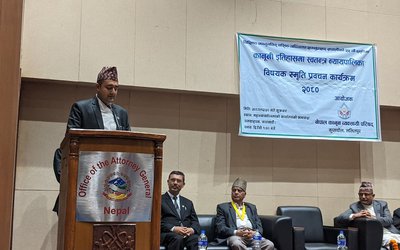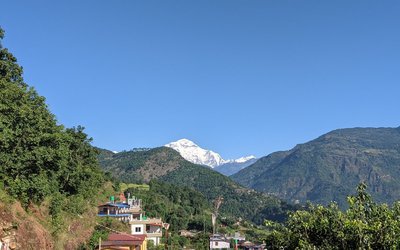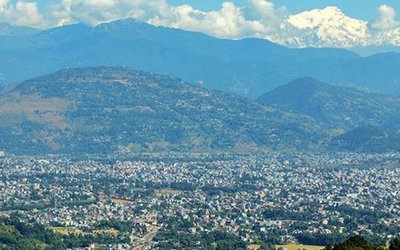The quake which shook eastern Nepal last year has renewed fears in the people’s hearts. The loss and the lack of prompt relief and rescue after the quake highlighted the low level of our preparedness and awareness.
Tremors of that quake are still felt in the minds of people of our country. It has exposed Nepal’s vulnerability to earthquake and has left a strong message.
Nepal is located on between two huge plates. Geologists warn there will be a big quake (around magnitude of 8 in the Richter scale) in Nepal every 75 years. Some 78 years have passed since a major earthquake hit the country. So, the possibility of a major earthquake might become real any time as we are already late according to the clock.
Is Nepal really prepared for a big quake?
If an earthquake like that of 1990 hits Nepal now, then the casualties and economic loss will be unimaginable. Kathmandu is believed to be at risk of more severe losses, than other cities of the country.
According to National Society for Earthquake Technology (NSET), 200,000 people will die and around 60 percent of the houses of the valley will collapse in case an earthquake like that of 1934 hits the valley.
Within the 65674 hectares of the valley, more than 2.8 million people reside. So, the crowded population of the valley is under a huge threat from future earthquakes.
The reason for that is haphazard construction of high buildings. Kathmandu is geographically located in such a place where liquefaction process is high and high rise buildings aren’t safe, say experts. The buildings that are built without following any building codes are the biggest threat to the people of the valley.
“Buildings should be constructed looking at their locations; you cannot construct a 15-storey building near areas adjoining the banks of major rivers. Buildings should only be built around the areas where the liquefaction process is slow,” said Amod Mani Dixit, executive director of NSET.
Various houses of the valley are constructed only on the instructions of the contractors and engineers are not even consulted. This shows awareness is still low in people and they are not aware of the potential danger, said an official at the Kathmandu Municipality.
For how long will we keep our heads in the sands and forget there might be a major earthquake any time? If we don’t take our heads out of the sands now and start preparing for the danger from underneath, it will take lives of thousands of people and destroy properties worth trillions of rupees.
- TANAHU HYDROPOWER PROEJCT: A Significant Achievement
- Apr 15, 2024
- AMBASSADOR HANAN GODAR: Sharing Pain With A Nepali Family
- Mar 30, 2024
- VISIT OF KfW AND EIB TO NEPAL : Mission Matters
- Mar 25, 2024
- NEPAL BRITAIN SOCIETY: Pratima Pande's Leadership
- Mar 24, 2024
- NEPAL ARMY DAY: Time To Recall Glory
- Mar 15, 2024















